A MUNICIPAL COMPANY - CITY OF GOTHENBURG
www.portofgothenburg.com

SCROLL DOWN
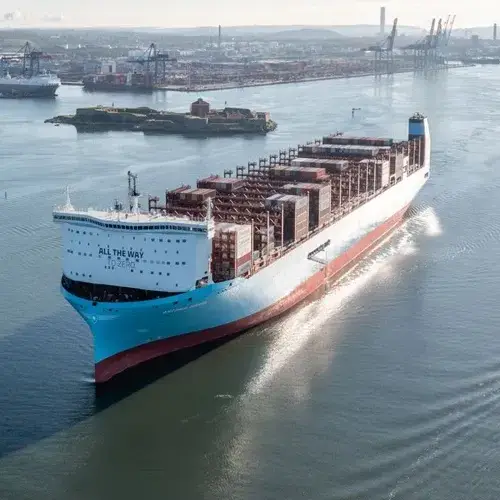
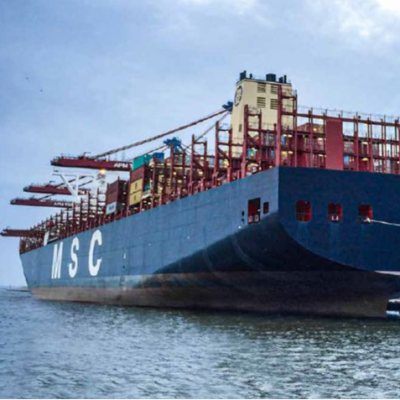
THE WORLD'S LARGEST
SHIPS ENTER THE PORT
Two new super post-Panamax cranes were
installed at the container terminal. These cranes are the tallest in the world, standing 127 meters at their highest point. Thanks to this investment, the Port of Gothenburg can now load and unload the largest ships. On a chilly December evening that same year, the world’s largest container ship, MSC Maya, arrived in Gothenburg, boasting a cargo capacity of over 19,000 containers.
2015
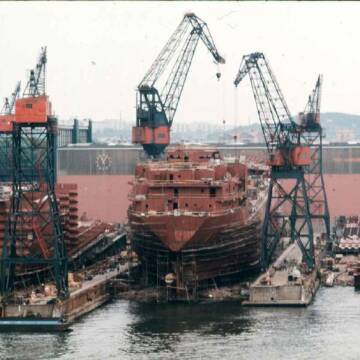

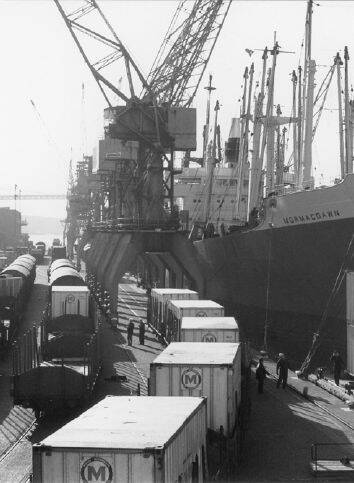
THE SHIPYARD CRISIS
HITS GOTHENBURG HARD
After many successful post-war years, Gothenburg’s major shipyards began to struggle. Countries like Japan and South Korea were capturing market share, and the oil crisis led to a decrease in orders. Instead of scaling back production, the shipyards continued to expand, leading to a crisis. The government intervened, establishing Svenska Varv AB in an attempt to save the shipyards. Despite these efforts, closures became inevitable and continued in quick succession.
1977


CRUISE SHIPS ARRIVE IN TOWN
In the 1990s, it became easier to travel between Hisingen and the mainland as Älvsnabben began zig-zagging across the river from Klippan to Lilla Bommen. During this period, an increasing number of cruise ships also began visiting Gothenburg. Tourists appreciated the city’s cozy atmosphere, cafes, restaurants, and the convenience of having most attractions within walking distance. The shopping, parks, and archipelago also received high praise.
1990-talet
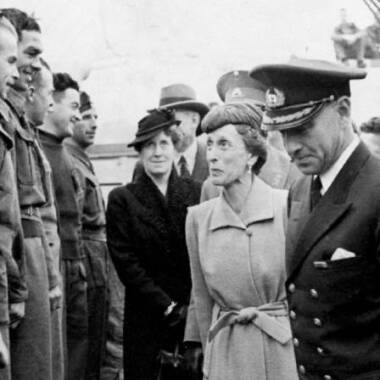

BARGAIN PRICES DRAW
GOTHENBURGERS TO SKAGEN
The first passenger route opened between Gothenburg and Skagen, spearheaded by Sten A. Olsson, who understood early on that ticket sales didn’t need to be the primary income source. By offering cheap tickets, or even giving them away, many passengers were enticed to take the ferry to Denmark. Once on board, they were more than willing to order steak with béarnaise sauce, drink beer, and shop to their hearts’ content. Over time, Stena Line grew into a massive empire.
1962
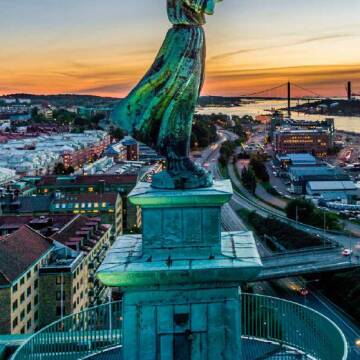
THE CONTAINER
REVOLUTIONIZES TRADE
Sweden’s economy boomed for
several decades after the war.
Trade increased, ships grew
larger, and the container made
its debut. In response, Skandia
Harbor was built on the
Hisingen side, across from
Käringberget. It was created by enclosing and filling in 1,300,000 square meters of Älvsborg Fjord. At the last minute, the harbor was adapted for container traffic, equipped with powerful cranes and large asphalted areas for trucks.
1966
PRISONERS OF WAR AND SUNKEN SHIPS
Since Gothenburg’s port could be used for Nazi German purposes, plans were made to destroy the Göta Älv Bridge and block the harbor entrance. On the morning of May 1, 1944, "Operation Blockade" was carried out, with two large tankers sunk across the river. During the war, the port also served as the setting for two prisoner exchanges. Onboard the ships used for this purpose were prisoners of war, diplomats, and other civilians. These vessels had safe passage and sailed fully illuminated across the seas.
1943-1944
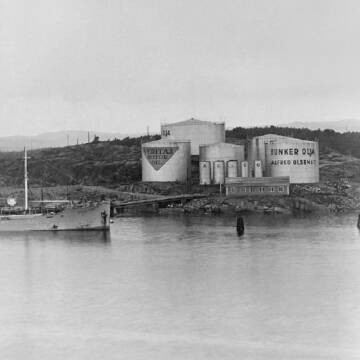
THE MARITIME MUSEUM
OPENS ITS DOORS
Thanks to a one-million-krona donation from shipowner Dan Broström, the Maritime Museum was built and finally inaugurated in 1933. Along with the opening, the aquarium relocated from Korsvägen to the museum. Over time, the museum became home to monkeys and other animals that sailors brought back from their adventures. However, the biggest crowd favorite in its history was the crocodile Smilet, who arrived in Gothenburg in 1923, purchased by mail order from Florida for the World’s Fair. She lived at the Maritime Museum until her death in 1987.
1933
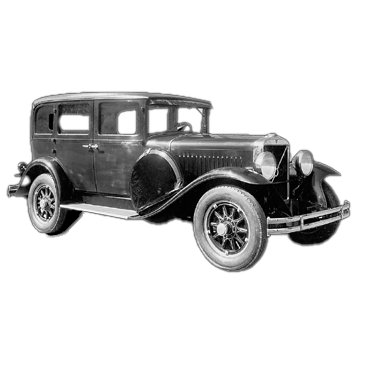
INDUSTRY
FLOURISHES,
AND SO DOES RYA FOREST
Plans for Gothenburg to become a major port gained momentum in the early 20th century. Industry was booming, and Volvo was founded on Hisingen. In 1928, the first car was shipped abroad, to Finland. That same year, Rya Forest was designated as the county’s first nature reserve, protecting this green oasis nestled between the expanding industrial harbors.
1928


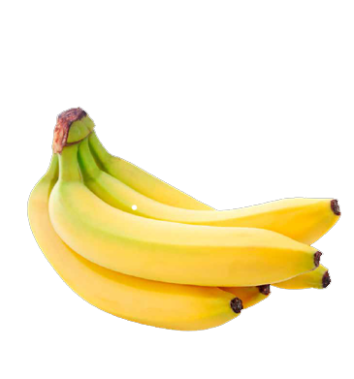
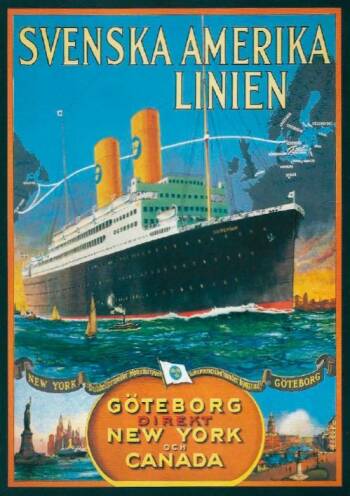
FESKEKÔRKA ISN'T ENOUGH
At the beginning of the 20th century, it became clear that Gothenburg needed a larger fish harbor. It was built west of Stigbergskajen and opened in 1910, becoming the largest of its kind in the Nordic region. Gothenburg’s fish auction remains in the same location to this day, although fish now arrives by truck.
1910

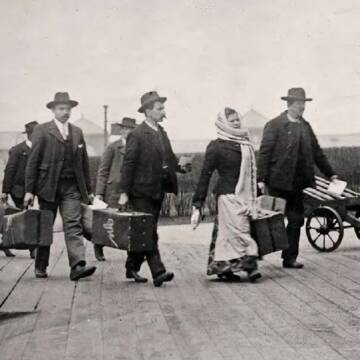
CARGO AND GOLD SEEKERS
FLOW OUT FROM THE PORT
In the 19th century, Sweden's export industry grew rapidly. Thanks to steam power, ships could navigate much more effectively. Several mechanical workshops were established in Gothenburg, eventually evolving into some of Sweden’s largest shipyards. In the early 1850s, emigration increased as word spread of gold discovered in California. One of these emigrants was Alexander Samuelsson, who would later become known for designing the iconic Coca-Cola bottle.
1800-talet

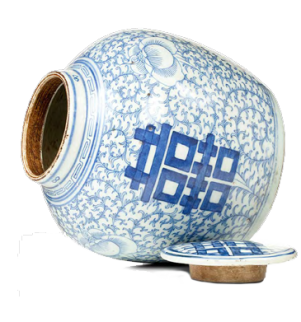
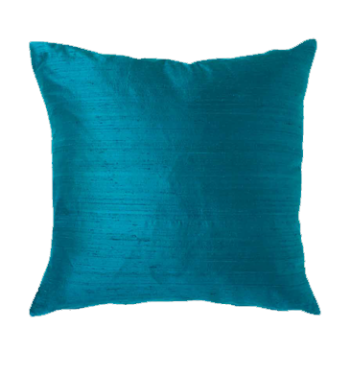
CHINESE LUXURY PUTS
GOTHENBURG ON THE MAP
Three esteemed merchants founded the Swedish East India Company, receiving royal privileges to conduct all Swedish trade east of the Cape of Good Hope, making it Sweden's first international trading company. A few decades and many voyages later, Gothenburg had grown to over 10,000 inhabitants and had become a European center for trade in Chinese luxury goods such as tea, spices, porcelain, and silk.
1731-1813
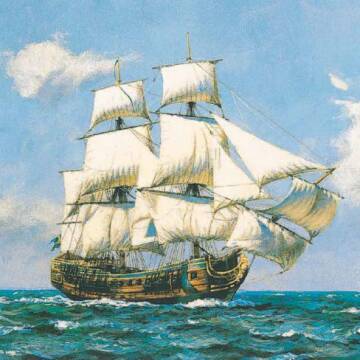
OIL FUELS PORT EXPANSION
Rya Harbor was built as the first step toward
what is now known as the Energy Harbor, where 20 million tons of energy products are handled each year. During the 1930s and 1940s, major oil companies expanded their tank facilities. Eventually, Rya Harbor could no longer keep up with demand, leading to the construction of Skarvik Harbor nearby. Two years later, Tors Harbor was built on Hjärtholmen in Rivö Fjord, extending the Port of Gothenburg beyond the main harbor entrance.
1930-1969
THE BANANA ARRIVES AND PEOPLE TRAVEL TO THE BIG APPLE
In 1909, the first bananas arrived in Gothenburg. The shipment was blackened by frost, with only a few bananas fit for sale. However, as new shipments arrived, interest grew, and just over 20 years later, sales had reached 10,418 tons. In the early 1900s, the Swedish America Line also launched direct service between Gothenburg and New York. The wave of emigration had begun to
wane, with most passengers now
traveling to visit relatives across
the Atlantic.
AN ORIGINAL TAKES TO THE SEAS
The original East Indiaman Götheborg was launched, sailed to China, and returned home laden with treasures from the Far East. On its homeward journey in 1745, it ran aground outside Gothenburg. The ship was lost, but the entire crew was saved, and about a third of the cargo was salvaged. Time passed, and 260 years later, an updated replica of the Götheborg sailed the historic route to Canton (now Guangzhou).
1909-1915
1738
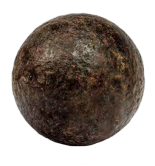
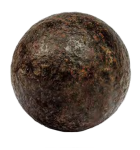


THE BEGINNING OF
SOMETHING GREAT
By order of Gustav II Adolf, the Great Harbour
Canal (Stora Hamnkanalen) was excavated
near Brunnsparken, creating the first constructed harbor in what would become the city of Gothenburg the following year. However, the canal was so shallow that larger ships had to anchor off Klippan or at the Old Shipyard, now known as Stigbergskajen. Goods were transferred to smaller boats, which transported them to the harbor, storage areas in Majorna, or loading docks further up the river. The main exports were iron and timber.
1620